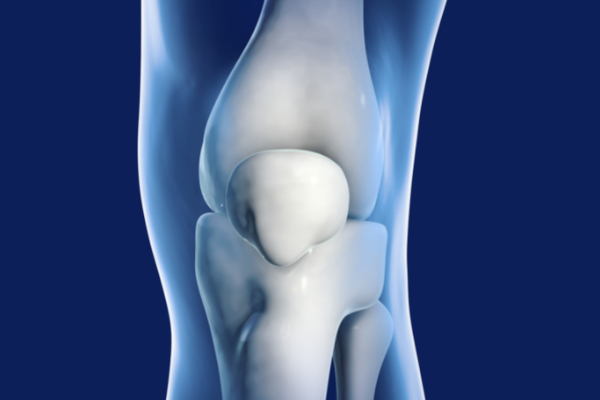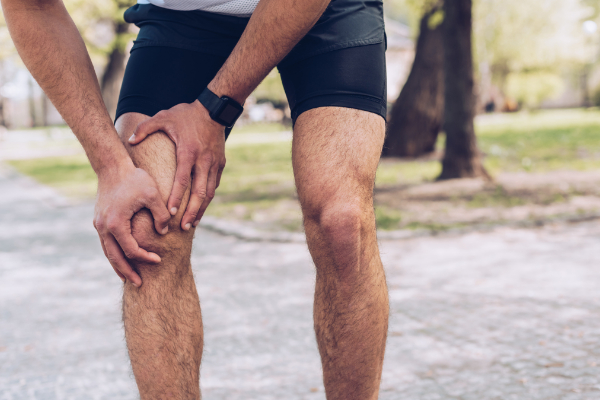ACL Repair
An ACL injury is one of the most common knee conditions, particularly in athletes and active individuals. The anterior cruciate ligament (ACL) is a vital stabiliser of the knee, and when torn, it often requires surgical repair or reconstruction to restore stability and function.
This page explains everything you need to know about ACL repair, including causes, diagnosis, treatment options, the surgical procedure, and recovery timelines.

What is the ACL?
The anterior cruciate ligament (ACL) is one of four major ligaments in the knee. It connects the thighbone (femur) to the shinbone (tibia), preventing excessive forward movement and rotation of the knee.
Once torn, the ACL does not usually heal on its own. Many patients, particularly athletes and younger individuals, require surgical reconstruction to return to their normal activities and sport.
Symptoms of an ACL Tear
Typical signs of an ACL injury include:
- A “popping” sound at the time of injury
- Rapid swelling within a few hours
- Instability or the knee “giving way”
- Pain and restricted movement
Diagnosis of ACL Injuries
A specialist knee surgeon will usually recommend:
- Clinical examination (such as the Lachman or pivot shift test)
- MRI scans to confirm the ligament injury
- X-rays to rule out bone fractures
Treatment Options for ACL Tears
Non-Surgical Management
Not every ACL injury requires surgery. Physiotherapy and rehabilitation may be appropriate for:
- Older or less active patients
- Partial ACL injuries
- Patients willing to avoid pivoting or high-impact sports
Surgical ACL Repair (ACL Reconstruction)
For active patients, particularly athletes, ACL reconstruction surgery is often the most effective option. This procedure restores knee stability and helps prevent further damage to the meniscus and joint cartilage.
ACL Repair Surgery Explained
Before
- MRI scan to confirm the diagnosis
- Pre-operative physiotherapy (“pre-hab”) to strengthen the knee
- Discussion of graft options (hamstring tendon, patellar tendon, or donor graft)
During
- Procedure performed under a general anaesthetic
- Minimally invasive keyhole (arthroscopic) technique
- Torn ligament replaced with a graft
- Fixation using screws or anchors to hold the graft in place
After
- Most patients go home the same day
- Use of crutches for initial support
- Early physiotherapy is encouraged
Recovery After ACL Surgery
Short-Term Recovery
- Crutches for a few days up to two weeks
- Ice, rest, and controlled exercises to reduce swelling
Rehabilitation Timeline
- 0–6 weeks: Restore knee motion and control swelling
- 6–12 weeks: Begin strengthening and balance training
- 3–6 months: Functional exercises and light sport activity
- 9–12 months: Return to competitive sport
Recovery times differ between individuals but physiotherapy plays a critical role in achieving the best outcome.

Risks and Complications
As with all surgery, ACL repair carries some risks, including:
- Infection
- Blood clots
- Stiffness or reduced range of motion
- Re-injury or graft failure (rare)
Why Choose Mr Mark Webb for ACL Repair?
When you choose Mr Mark Webb for your ACL repair, you benefit from:
-
An accurate diagnosis and a treatment plan tailored to your needs
-
Advanced surgical techniques for the best possible outcome
-
A personalised rehabilitation programme designed around your recovery goals
-
The highest chance of getting back to sport and daily life quickly and safely
Frequently Asked Questions
What does ACL repair involve, and how is it different from ACL reconstruction?
ACL repair is a surgical procedure where the surgeon reattaches the torn ACL ligament back to the femur (thigh bone), preserving the native ligament, when the tear is in a location and condition suitable for repair. ACL reconstruction, by contrast, replaces the torn ligament with a graft (from the patient or a donor). Repair tends to be less invasive, with potentially smaller incisions, less post-operative pain, and faster recovery, but not all tears are repairable.
Am I a candidate for ACL repair (versus reconstruction)?
Not everyone is suitable. Factors include the type and location of the tear (for example, proximal tears may be more amenable to repair), the quality of the remaining ligament tissue, how long ago the injury occurred, your age, activity level, and how stable your knee already is. Your surgeon will assess all this to decide whether repair is appropriate.
How long does recovery take, and when can I return to sport or full activity?
Recovery time depends on multiple factors (tear severity, whether other injuries are present, how well rehab goes). Typically, patients can expect a several-month period of rehabilitation. Return to full sport, especially high-pivot or cutting sports, often takes around 9-12 months or more.
What risks or complications are associated with ACL repair?
As with any surgery, there are general risks (infection, issues with anesthesia, bleeding, etc.). Specific to ACL repair/reconstruction: graft failure or repair failure, stiffness of the knee, incomplete restoration of stability, possible continued instability or risk of further injury if return to sport too early, donor site problems if autograft is used. Rehabilitation must be followed closely to minimise risks.
How soon after an ACL injury should I have surgery, and does waiting affect outcome?
Many sources indicate that doing surgery once swelling has reduced and you have regained motion is preferable. Waiting too long can lead to stiffness or secondary damage (such as to cartilage or menisci), which can make recovery harder.

